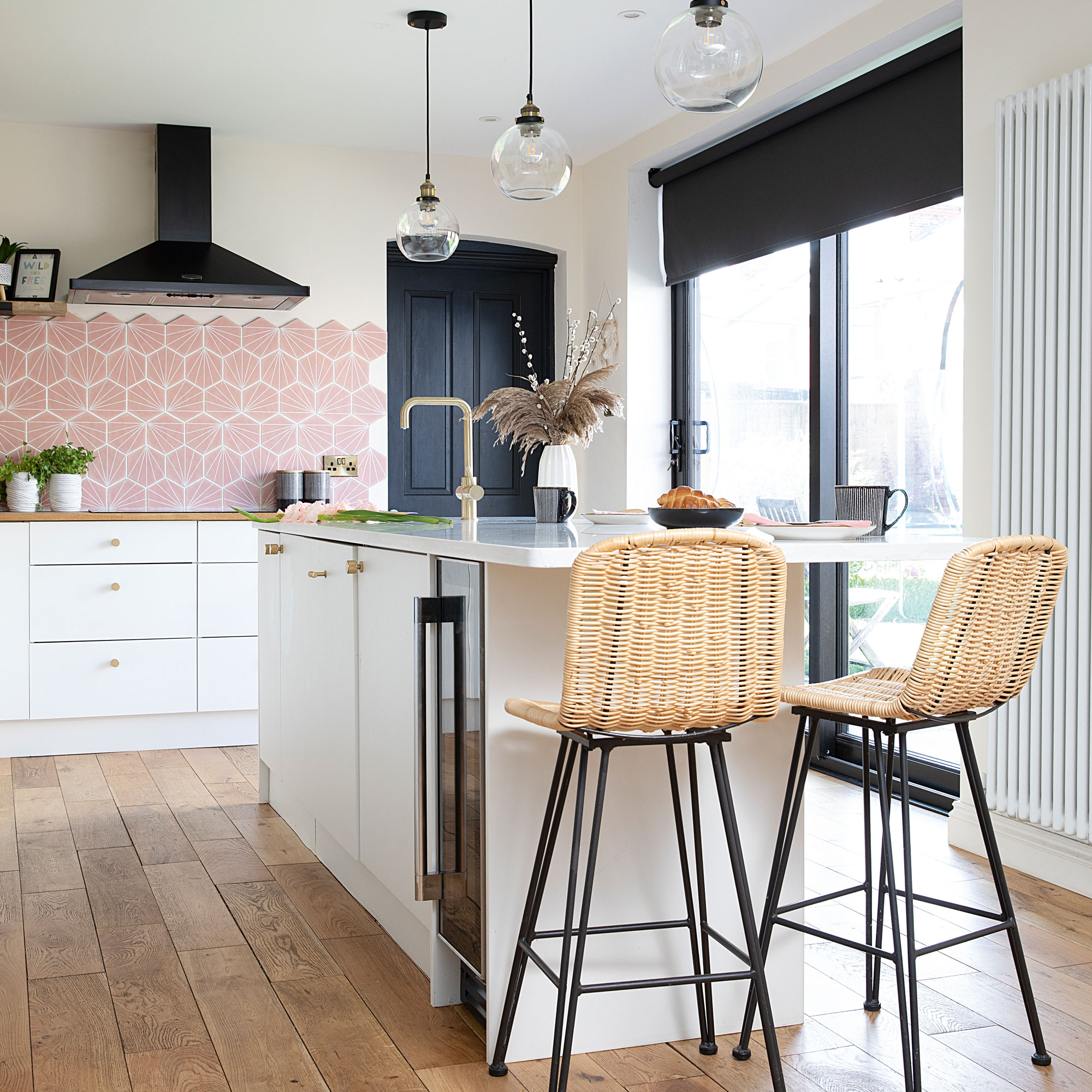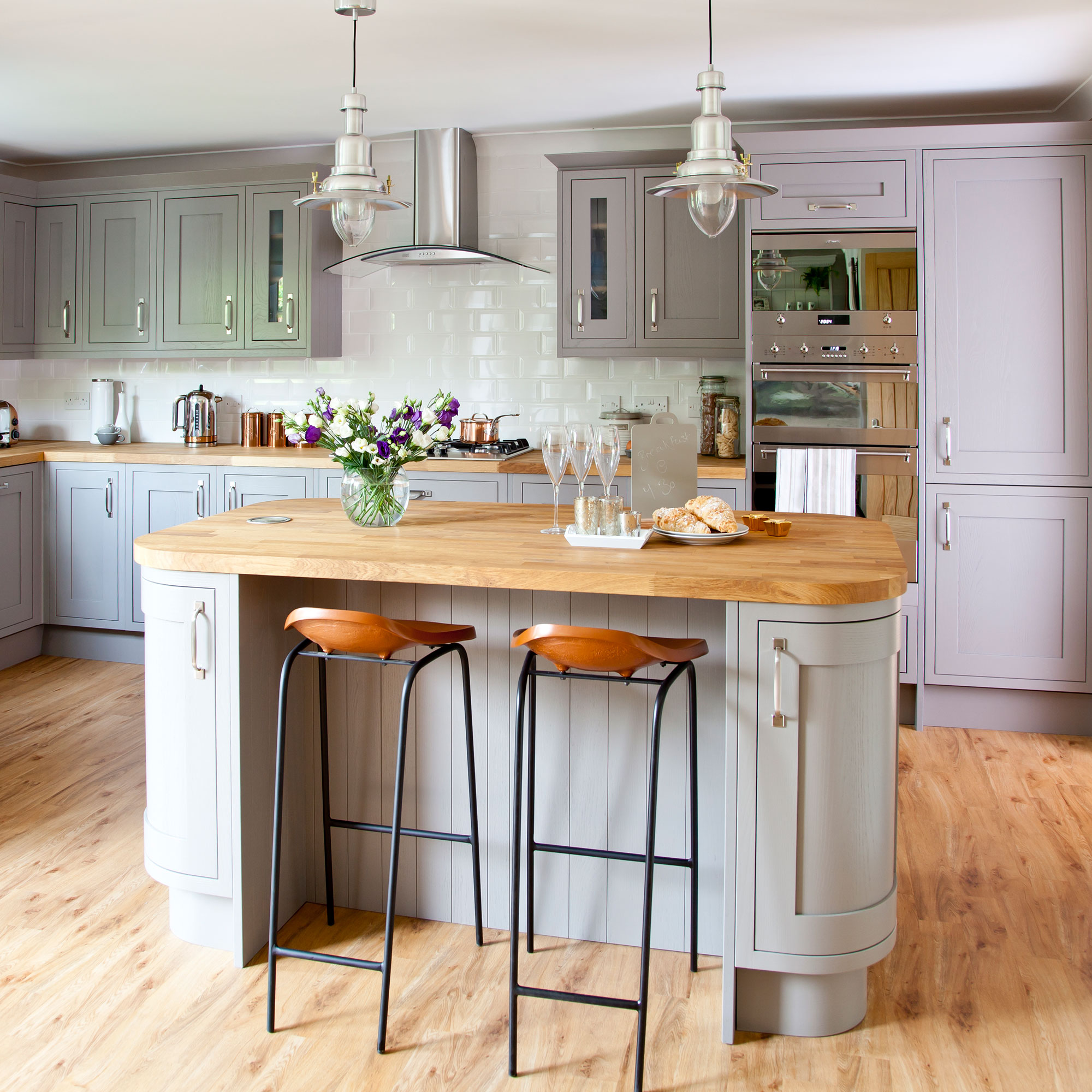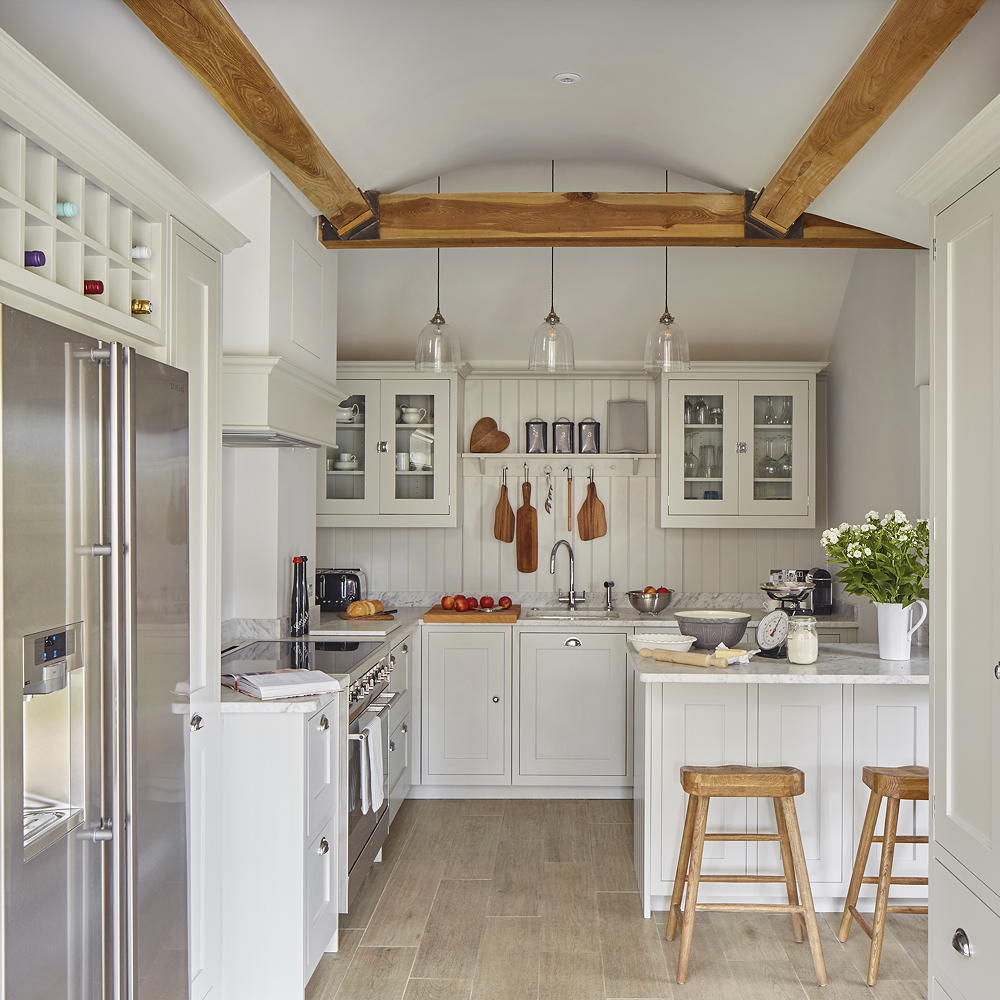Finance for kitchens – ways to pay for your remodel
Need a new kitchen but don’t have the cash? Here’s what you need to know about finance for kitchens from loans to retailer finance
Do you need a larger cooking area, a sociable island to gather around, or maybe just more cupboard space and better organised storage? There are many reasons for wanting a new kitchen and whatever they are, the costs can soon add up. But, there are a number of ways to get finance for kitchens that you may not have considered.
A home improvement loan can be an effective way to pay for any large upfront spending need, including a kitchen. As long as you understand what you’re signing up for and you’re confident you can stay on top of the repayments.
Finance for kitchens – ways to pay for your remodel
John Webb, a credit expert at credit reference agency Experian, says: ‘Failing to meet any of the repayment deadlines could put an unwelcome dent in your credit score. Always make sure you can afford the repayments, and you’re clear on all the terms and conditions.’
As well as going to your bank or building society for a loan, many retailers offer finance options too. In fact, when weighing up which kitchen and where from, it’s worth noting the company’s credit offers and factoring them into your decision. Some ways to pay make more financial sense than others, depending on your circumstances.

Finance for kitchens – the options
A similar kitchen idea from two different retailers could end up costing much more from one than the other - despite the actual price - if you don’t choose the finance wisely. Below are the different ways to pay for your kitchen remodel.
1. Personal loans
The cost of a kitchen isn’t just the cabinetry, worktops and appliances; there’s flooring, decoration and installation too. With a personal loan you can usually fund your whole project.
Lenders like to see a good credit score when assessing someone’s eligibility for a personal loan - if you have a good score, you may be eligible for a lower interest rate.
Sign up to our newsletter for style inspiration, real homes, project and garden advice and shopping know-how
‘Many lenders, including Nationwide, offer a “soft-search''. So, borrowers can see if they will be accepted and what interest rate they will be charged,’ says James Broome, Nationwide. ‘This allows people to shop around without damaging their credit score. It’s also worth checking your credit file first to make sure it’s accurate.’
‘Improve your credit score by registering on the electoral roll, reducing any debt, and keeping credit card balances under 30% of the credit limit,’ adds John Webb of Experian.
- The maximum amount you can borrow is generally £25,000, though some lenders may offer up to £50,000, if you meet their eligibility criteria.
- Most finance for kitchens personal loans are ‘unsecured’. This means the lender can’t make a claim against your property or another asset if you don’t keep up with repayments.
- Loan terms tend to be one to five years, usually with fixed monthly payments. The advantage of fixed payments is you know what’s due out of your account each month. This will also enable you to work out what the total amount you pay back will be.
- Longer terms of up to 10 years are available from some lenders. This could make the monthly payments lower, but you’ll pay more interest over the term.

2. Secured loans
These are loans ‘secured’ against your property, sometimes referred to as a homeowner loan or further advance. Again, you’ll be able to borrow funds for your whole project plan (assuming you meet the lender’s criteria). Then, spread repayments over a longer term than a personal loan.
As the lender has some security on its money, costs may be lower. But crucially, if you default on the repayments, the lender can pursue the debt by asking you to sell your property, or taking possession of it.
‘Before applying for credit, look at how much the monthly repayments will be and ensure you’re confident you can afford this with your other expenditure both now and in the future,’ advises James Broome, Nationwide.
Do your sums carefully. It might make more financial sense to obtain a loan for the installation and decoration. And, then use the finance option from the kitchen retailer, if it’s interest-free. Be aware you’ll have two monthly repayments, so calculate if this works out lower than one larger loan.
- It’s possible to borrow more with a secured loan than with a personal loan.
- You can stretch the payments over a longer term - the same as your mortgage in some instances - making monthly payments more affordable.
- Check what you will be paying back by the end of the term, so you’re clear on the total amount. The monthly payments may seem low, but the total amount you pay back may be higher than some other options.
- Your home is at risk if you can’t meet the repayments.
3. Interest-free credit
For most people, this is the best credit option. You only pay back what you borrow - with no extra interest charges - through payments spread over a fixed number of years. Homebase offers five years interest-free credit, while Ikea offers up to 48-months. Even The Used Kitchen Exchange, where you can buy high-end ex-display and secondhand models offer a year’s interest-free credit.

‘We offer interest-free credit from £99-£15,000, with repayments spread between three months and four years,’ says Donna Moore, Product Manager, IKEA. ‘It’s available on small items like crockery to big home projects. You can even include delivery, collection and installation.’
Most brands have an easy online calculator. They let you see what your finance for kitchens, monthly payments will be on the amount you borrow. As with any credit you will need to meet the eligibility criteria and be confident you can make the repayments.
- Pay back what you borrow and no more, provided you meet your monthly payments
- As with any borrowing, check what the penalties are if you miss a payment, or need to extend the loan.
- This type of credit is generally used for the goods you buy from the retailer. So consider whether you need to borrow money for installation and decoration including items, such as kitchen tile ideas or flooring.
4. Buy now, pay later
This may be a worthwhile finance for kitchens option if you have a savings plan and intend to pay off the lump sum within the ‘holiday period’.
Typically this can be up to a year after the purchase, so you have longer to pay. However, if you’re not able to clear the balance in full before the interest kicks in, it can be an expensive way to buy a new kitchen. We’ve spotted interest rates as high as 16.9%.
‘It’s important to clear the balance before any interest-free period ends, or have a plan to avoid paying high interest rates and other charges,’ says John Webb of Experian.
- Usually you pay a deposit (although not always) and then nothing for up to 12 months (depending on the retailer’s deal).
- After 6-12 months you usually have the option to settle the balance (sometimes for a small fee). Or, take up the finance option and spread it over three-five years.
- It’s important to look at the overall amount you’ll pay back, as well as the interest rate and repayments before signing up. Over time interest can accrue to more than half the cost of the kitchen - on top of the original price!
- The “representative APR” you see advertised is an average interest rate, not necessarily what you will be charged. The interest rate you pay will depend on your credit score.

5. Finance for kitchens from the retailer
This may seem like a simple solution; buy a kitchen and then pay for it monthly over five years (or less). However, it’s worth shopping around for the lowest interest charges on retailers’ finance plans.
The upside is retailers such as B&Q and Homebase include flooring, tiles, paint and lighting. The cost of most of what you need for your project is spread fixed monthly payments across one-five years.
Others at the premium end, like Harvey Jones, offer a similar arrangement. You pay a deposit and spread the cost of the goods (cabinetry, appliance, flooring etc) over five years but not the installation. You’ll need to find other ways to fund the labour. However, the downside is it can be a pricey way to pay.
- This can be an expensive way to pay for your new kitchen.
- Consider only if the retailer doesn’t offer interest-free credit, and the interest rate is less than a personal loan.
- The “representative APR” you see advertised is an average interest rate, not necessarily what you will be charged. The interest rate you pay will depend on your credit score.
- Check the total amount you’ll pay back, as well as the interest rate and your monthly repayments.
Jacky Parker is a freelance interiors & lifestyle journalist, specialising in modern interiors, design and eco living. She has written for Future’s interior magazines and websites including Livingetc, Homes & Gardens, Country Homes & Interiors and Ideal Home for over fifteen years, both as a freelance contributor and inhouse, with stints as Acting Digital Editor, Livingetc and Acting Style Content Editor, Country Homes & Interiors. Her work also features in national and international publications including Sunday Times Style, Telegraph Stella, The Guardian, Grand Designs, House Beautiful and more. With years of experience in the industry Jacky is privy to the insider view and the go-to places for interior inspiration and design-savvy décor.